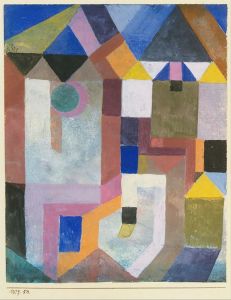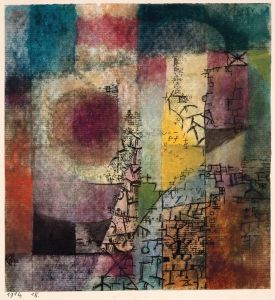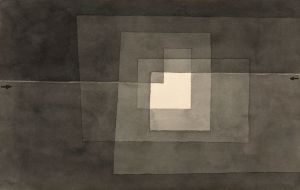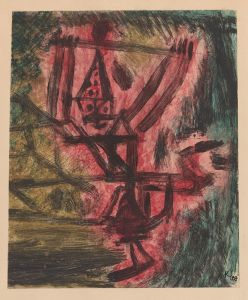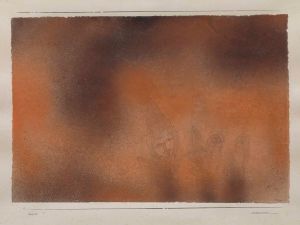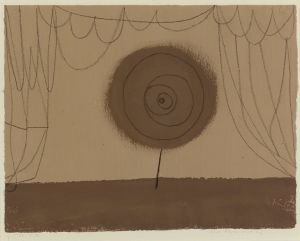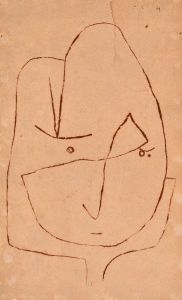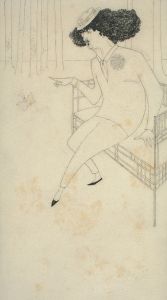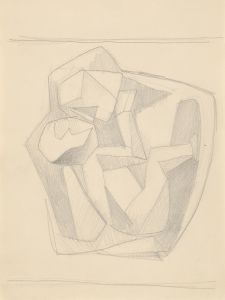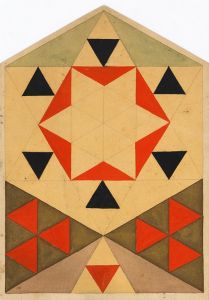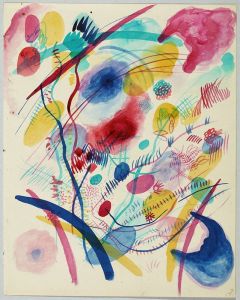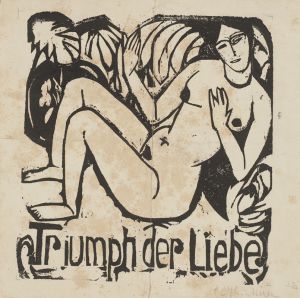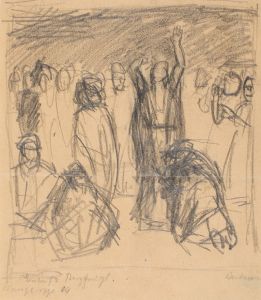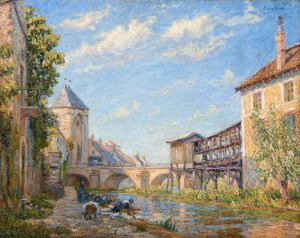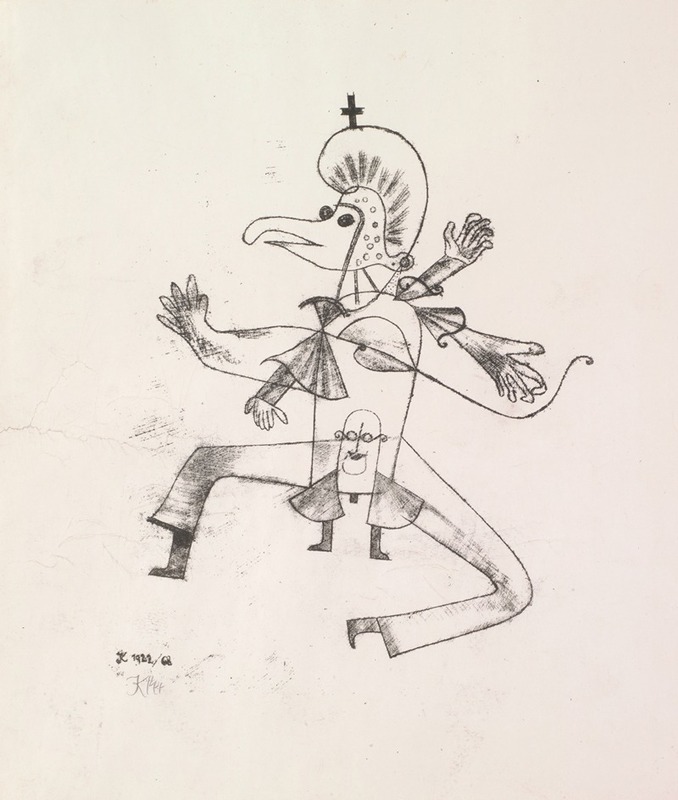
Narretei
A hand-painted replica of Paul Klee’s masterpiece Narretei, meticulously crafted by professional artists to capture the true essence of the original. Each piece is created with museum-quality canvas and rare mineral pigments, carefully painted by experienced artists with delicate brushstrokes and rich, layered colors to perfectly recreate the texture of the original artwork. Unlike machine-printed reproductions, this hand-painted version brings the painting to life, infused with the artist’s emotions and skill in every stroke. Whether for personal collection or home decoration, it instantly elevates the artistic atmosphere of any space.
Paul Klee, a Swiss-born artist, is renowned for his unique style that blends elements of expressionism, cubism, and surrealism. One of his notable works is "Narretei," a painting that exemplifies his innovative approach to art. Created in 1921, "Narretei" is part of Klee's exploration of color theory and abstract forms, which he developed during his time at the Bauhaus, a German art school known for its avant-garde approach to design and architecture.
"Narretei" is characterized by its vibrant colors and whimsical composition, reflecting Klee's interest in the playful and the fantastical. The title "Narretei" can be translated to "Folly" or "Foolery" in English, suggesting a theme of absurdity or humor, which is a recurring motif in Klee's work. This painting, like many of Klee's pieces, does not depict a specific scene or narrative but instead invites viewers to interpret its abstract forms and colors in their own way.
Klee's work is often noted for its childlike simplicity, yet it is underpinned by a sophisticated understanding of color and form. In "Narretei," Klee employs a grid-like structure, a technique he frequently used to organize his compositions and explore the relationships between colors. This method allows for a dynamic interplay of shapes and hues, creating a sense of movement and rhythm within the painting.
The painting's palette is dominated by warm tones, with reds, yellows, and oranges interspersed with cooler blues and greens. This contrast enhances the visual impact of the work and demonstrates Klee's mastery of color harmony. Klee believed that color was the primary means of conveying emotion in art, and "Narretei" is a testament to his ability to evoke a range of feelings through his use of color alone.
Klee's time at the Bauhaus was instrumental in the development of his artistic philosophy. He was deeply influenced by the school's emphasis on the integration of art, craft, and technology, and he incorporated these principles into his teaching and his art. "Narretei" reflects this synthesis of ideas, combining technical precision with imaginative expression.
Throughout his career, Klee was interested in the intersection of art and music, and this is evident in the rhythmic quality of "Narretei." The painting's composition can be likened to a musical score, with its varied shapes and colors creating a visual symphony. Klee often drew parallels between the two art forms, believing that both could convey complex emotions and ideas without the need for literal representation.
"Narretei" is housed in the Zentrum Paul Klee in Bern, Switzerland, which holds a significant collection of Klee's works. The museum is dedicated to preserving and promoting Klee's legacy, offering insight into his life and artistic achievements. "Narretei" remains a popular piece among visitors, admired for its vibrant energy and the way it encapsulates Klee's innovative spirit.
In summary, "Narretei" by Paul Klee is a quintessential example of the artist's distinctive style, characterized by its bold use of color, abstract forms, and playful composition. It reflects Klee's artistic philosophy and his contributions to modern art, making it a significant work in the history of 20th-century painting.





